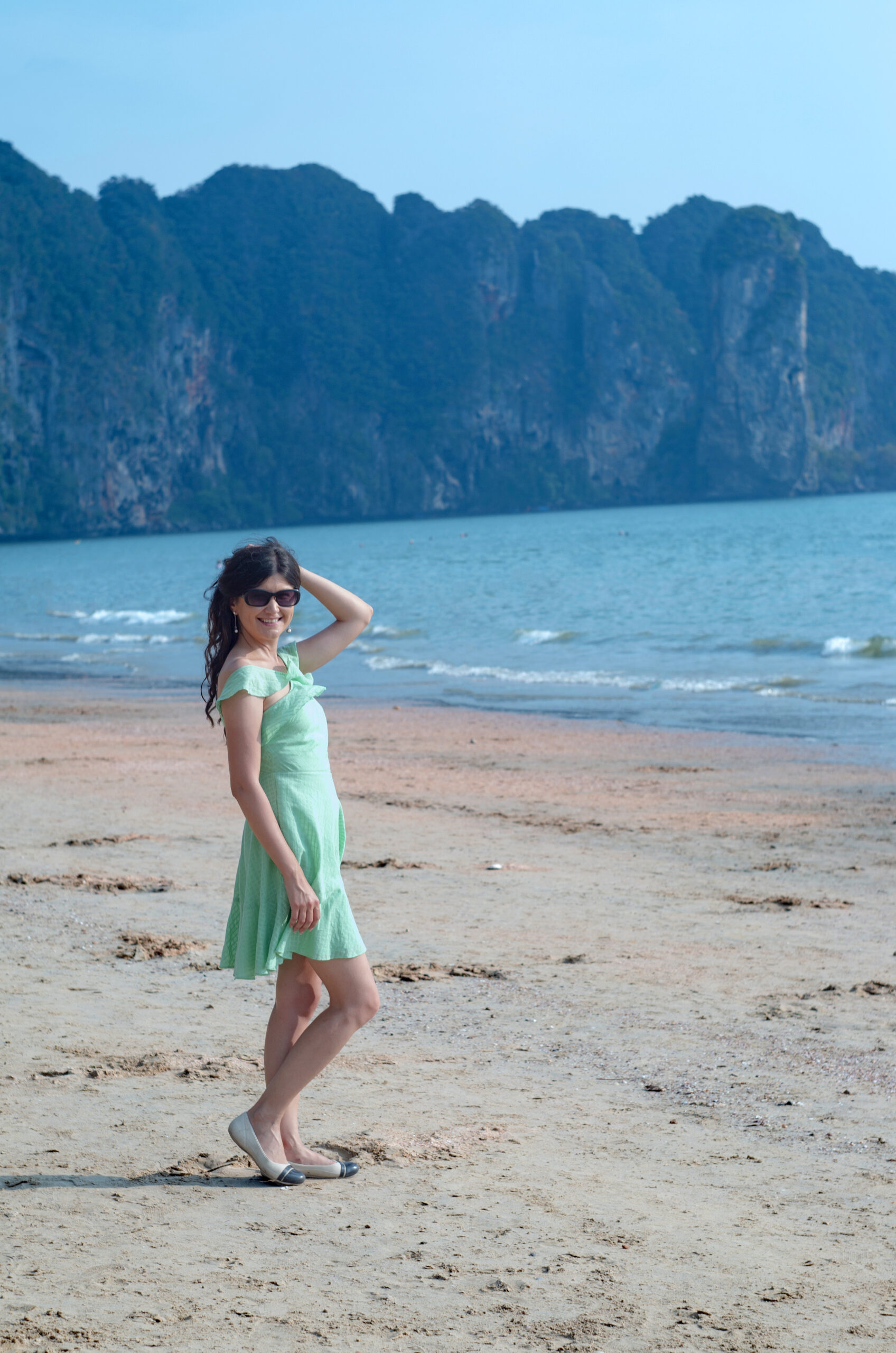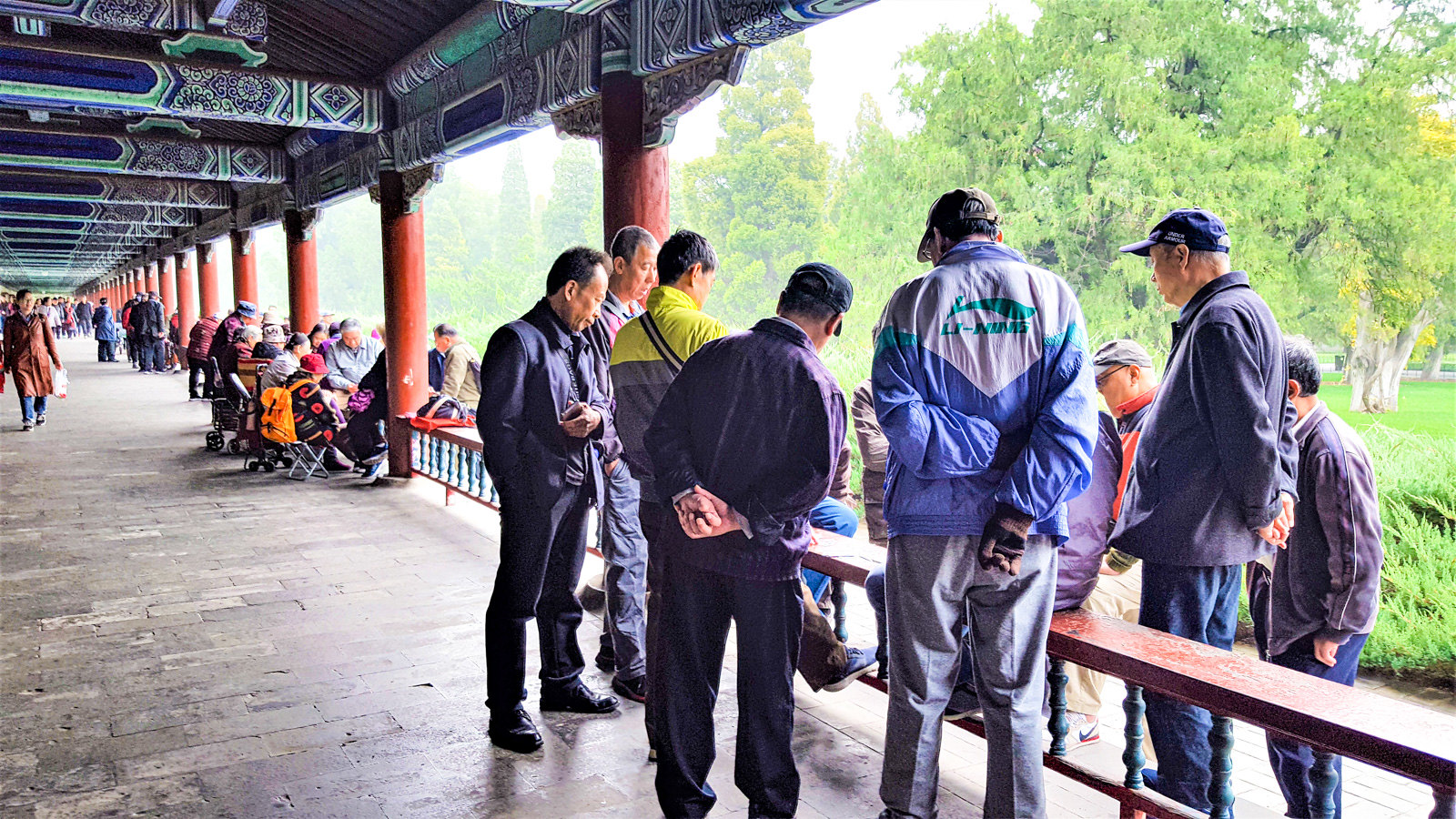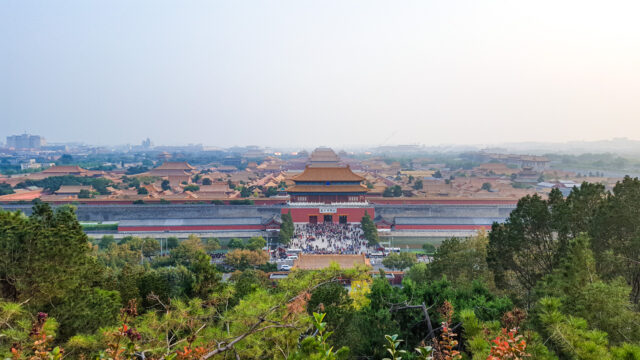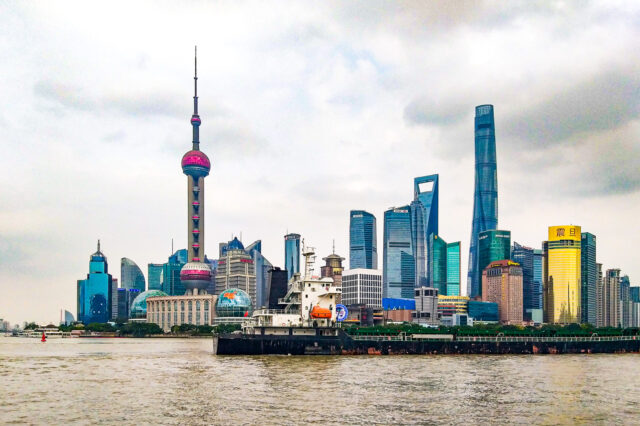The Temple of Heaven is prominent because of several things. The Temple was constructed during the 15th century and was the place for holding royal prayer ceremonies during Ming and Qing dynasties. The Temple area is larger than the Forbidden City, as the Emperor wasn’t allowed to construct his residence larger than the residence dedicated to heaven.
Due to its high importance, being “a symbol of the relationship between earth and heaven”, it was inscribed, as UNESCO World Heritage site.
Practical details for visiting Temple of Heaven
Opening times
I had heard a lot about the park around the temple, which is famous for the morning routines of dancing, martial arts, music. Locals come here during early mornings, more so on the weekends to practice. So to enjoy all of this, in addition to visiting the Temple itself, go early in the morning.
The park is open from 6-7am, while the major sites open at 8am. I would say arrive before 8am, if you can to people watch.
Note: Some of the smaller buildings (such as Hall of Abstinence) are closed on Mondays, however, none of the major sites close, so this shouldn’t significantly affect your visit.
How to get to the Temple of Heaven
You have two main options for starting your visit of the Temple of Heaven. You can either go from South, which is not very easily accessible by public transport or from the east – Tiantan East metro station.
Coming from the East Gate is easiest. The closest metro station is Tiantan East Gate station. walk to the right after getting out of the metro station and you will see the East entrance in less than a minute.
Tickets for the Temple of Heaven
There were no queues for tickets early in the morning. The locals have yearly passes, as I heard. The so called Through tickets (meaning, it includes all buildings) were 35 yuans. You can also buy ticket for only entering the park (which is 15 yuans), but I don’t suggest it, as you won’t be able to see the main sites or will have to get separate tickets for them, which would end up being more expensive.
The map
To better orient yourself, here is TravelChinaGuide’s map of the Temple complex, which I found most useful for planning our route. However, this map doesn’t show all the green spaces of the park.

The sightseeing route
Actually, the east gate is the best to come from not only because it’s easily accessible by metro, but also to see the locals performing their daily exercises. For this, don’t follow the main road straight from the east gate, but wonder to your right and walk around the park. You will see people practicing their singing skills, learning or practicing martial arts, dancing, etc.
After wandering around here, get to the corridors (Seventy two long corridors on the map above). This area is also full of people sitting around and playing different board games, knitting or doing other handcrafts. It’s definitely interesting to see. Wonder around the corridors, sit for short and watch the locals.
Hall of Prayer for Good Harvests
By these corridors you will end up at the entrance of the Hall of Prayer for Good Harvests. This site was used to hold sacrificial ceremonies for, obviously, praying for good harvests and to express gratitude for them. The corridors you just walked, were used to bring the goods for the ceremony.
The hall was rebuilt at the end of the 19th century. The Hall is surrounded by several constructions, where the goods were stored, where the emperor rested before and after the ceremony, etc.
The Temple itself is wooden construction with no nails. It has lovely white stone base (three levels), which gives it unique appearance.
By the way, the corridors and the Hall were not very crowded by the time we were there at about 9.30, as the tourist groups coming from South still haven’t gotten here. When we headed south, we encountered hordes of people, so definitely get here early, if you manage.
If you have a lot of time, before heading South by the main Danbi bridge, you can go west and visit the rose garden, flower garden and the Palace of Abstinence.
Imperial Vault of Heaven
The Danbi or the red step bridge is connecting the Hall of Prayer to the Imperial Vault of Heaven. The bridge is very wide, as it had ceremonial purpose. The Vault is constructed in the same way as the Hall of Prayer you just visited, but on a smaller scale. It only has one level of the white stone base.
The main thing that everyone is interested in here is the Echo Wall surrounding the Vault. The idea of the wall is that you can speak in a low voice on one side and another person will hear you on the other. Well, we didn’t get to experience this, I guess simply because it was too loud around. The place was swamping with very loud tour groups. If you come earlier, maybe you will be able to understand, why the wall is called Echo wall 😊
Another interesting thing here are the three echo stones in front of the vault. You will find people standing here and clapping or jumping. The thing is that standing on the first one, if you clap, you will here echo once, on the second stone – twice and on the third – three times. Again, this is impossible to experience with so many people around. We heard nothing 😊 but as I read, if it is quiet around, it does work.
Circular Mound Altar
Circular Mound Altar is located south of the Vault. The building has three levels of white marble stone base (like the Hall of Prayer) with an empty circular platform on top. The central stone here – the Heart stone is a place, where you should stand to hear your voice become louder. The Altar is constructed with the multiples of nines – nine stones, nine steps, etc. This symbolizes the nine layers of heaven. The altar was used for sacrificial ceremonies during the winter solstice.
Btw, you can find toilets nearby the entrance to the Vault and the Altar. The area around is very lively, with children playing ball games, small shops and sitting places.
To finish your visit, you have an option to leave from the South gate and find a bus, which is a complicated thing for foreigners, as all bus routes and schedules online or on the spot are only in Chinese. You can also do as we did and walk back to the East gate and get on metro, that should take you 15-20 mins and you can again enjoy the park grounds, which are lovely. During your walk you can again see people exercising. We spotted a group performing martial arts.
See also:

Hello I am Ket,
A traveler, planner, and sweet tooth behind Hit the Road Ket.
Travel isn’t just my passion – it’s a lifeline for my mental health. Having lived in three cities and explored 60 countries (and counting!), I created this blog to share my experiences, smart tips, and itinerary advice with fellow travel lovers. I’m all about making the most of limited time, finding scenic routes, and turning every trip into something memorable – coffee in hand, of course.







